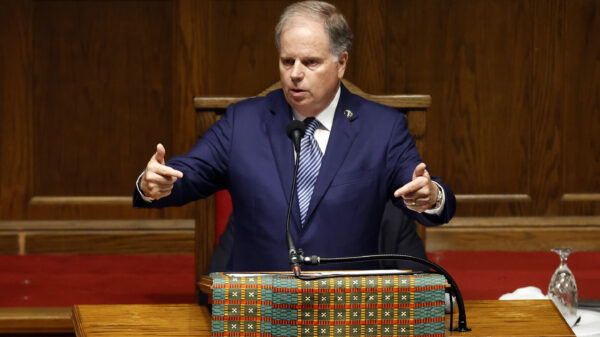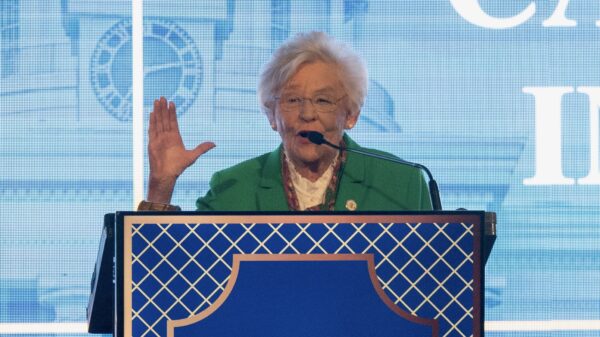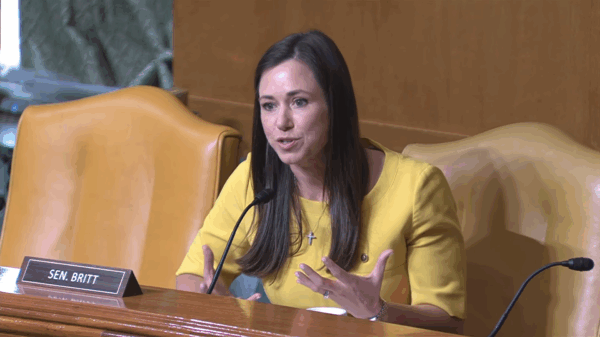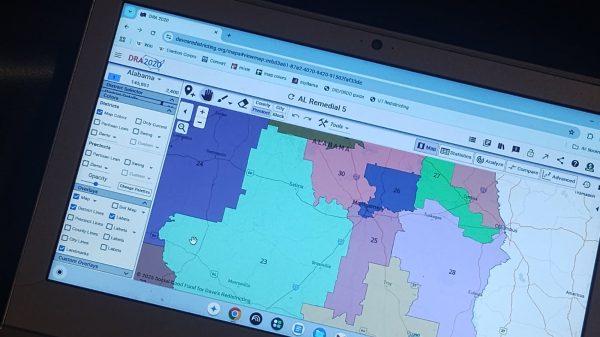By Chip Brownlee
Alabama Political Reporter
Those who receive unemployment benefits may soon lose that safety net much sooner under a bill approved by the Alabama State Senate Thursday.
The Senate approved a bill that would reduce the number of weeks someone can draw unemployment compensation by nearly half under current economic situations.
Under existing law, those who are unemployed can receive unemployment benefits for up to 26 weeks.
The bill approved Thursday would cut that normal maximum back to 14 weeks if the state maintains a low unemployment rate, though the system is flexible depending on the average state unemployment rate and the rate in the county where the individual lives.
Sen. Arthur Orr, R-Decatur, the bill’s sponsor, said the move will bring Alabama in line with other Southeastern states that have recently adjusted the way unemployment compensation programs in their states are handled and could offer an “incentive” for unemployed workers to get back in the workforce sooner.
“Other than Kansas, what we passed today is the most generous of the states that have visited their unemployment compensation programs,” Orr said, noting that several of Alabama’s neighbors have cut their programs.
“The true benefit is that people will be encouraged to seek employment and get employment,” Orr said.
If the unemployment rate rises above 6.5 percent, a week would be added to the maximum for every half-percent increase to the unemployment rate until the unemployment rate reaches 9 percent. At that level, the maximum length would be capped at 20 weeks.
“Most individuals almost always find a job well before the 26-week period,” Orr said, saying he learned from the Department of Labor that only 5–10 percent of beneficiaries take the full 26 weeks.
If unemployment remains at its current rate of 3.5 percent, the statewide average maximum would be 14 weeks beginning next year, though the maximum would depend on the county after Sen. Rodger Smitherman, D-Birmingham, pushed a bill to place the system on a county-by-county basis instead of a state average.
The change will ensure that those who are unemployed in counties with high unemployment rates are supported, Smitherman said, though he opposed the bill altogether. Orr supported the amendment but wasn’t sure if the change would be possible in the long run.
While the statewide unemployment rate remains low, three counties had unemployment rates at or above 6.5 percent in December.
“There’s a greater need in that area,” Smitherman said. “To me, that’s unconscionable that you’ve got people who are unemployed who are trying to find employment for their families and that bill is going to take, potentially, $1,800 from that person.”
Wilcox County in West Alabama saw its unemployment rate increase from 9.2 percent to 9.5 percent in December while most of the state stayed level or saw a drop. Those in Wilcox County receiving unemployment benefits would be able to draw the full 20 weeks beginning next January.
But the cut could hurt those who can’t find a job, regardless of the unemployment rate, Smitherman said.
“Even if it is 3 percent, those people who are the 3 percent need the full benefits,” Smitherman said. “It doesn’t eliminate the need for benefits.”
The bill would adjust the weekly benefit upward from $265 a week to $275 a week, allowing individuals to be compensated $45 more a month, and it has a provision that will allow those who are unemployed to compensate for five additional weeks if they are in a job training course, raising the maximum to 19-25 weeks for some.
A Legislative Fiscal Office analysis estimated that the changes would save the Unemployment Compensation Trust Fund about $53 million, potentially reducing employer contributions, which fund the unemployment program. It won’t affect the state funding or appropriations.





















































